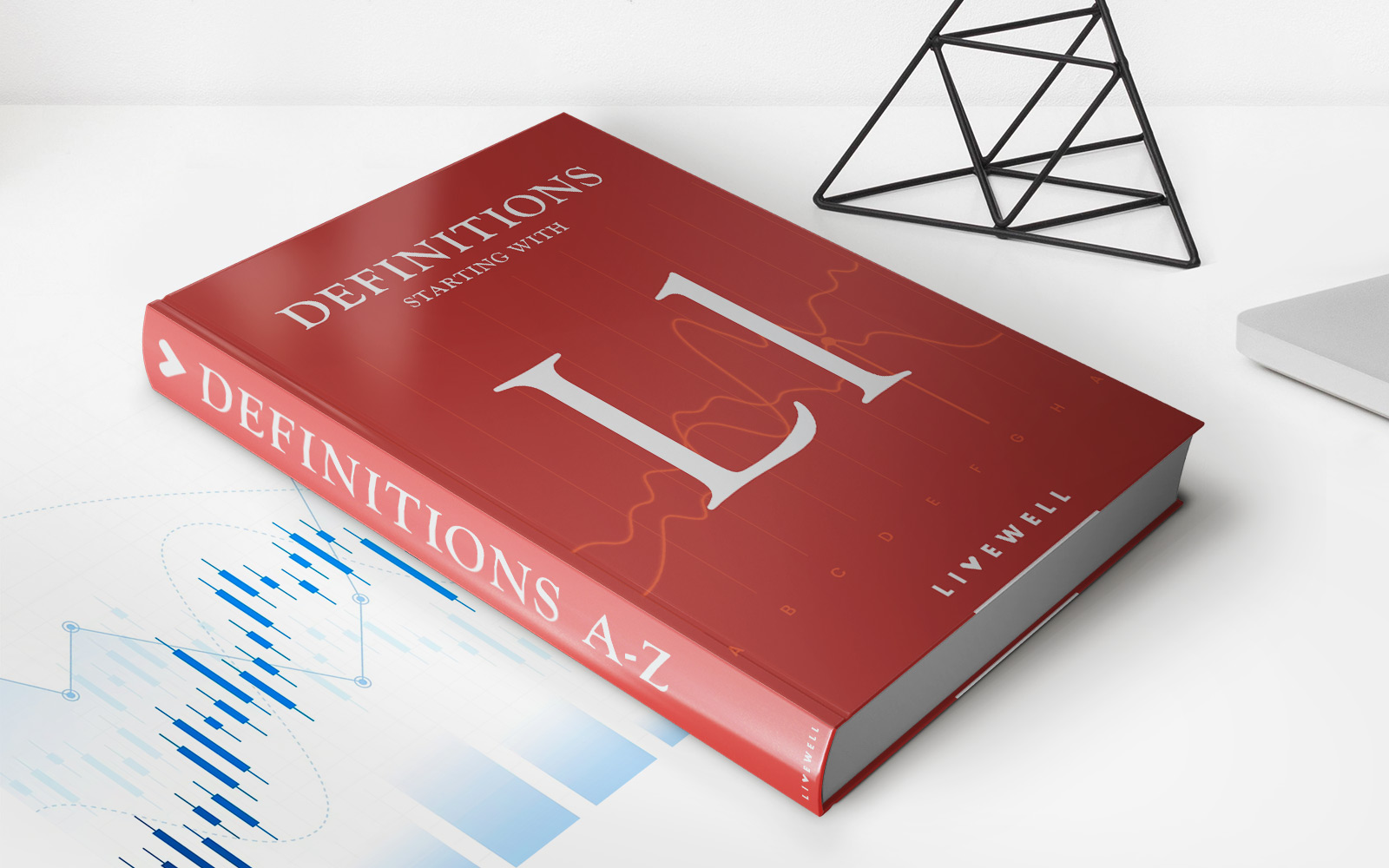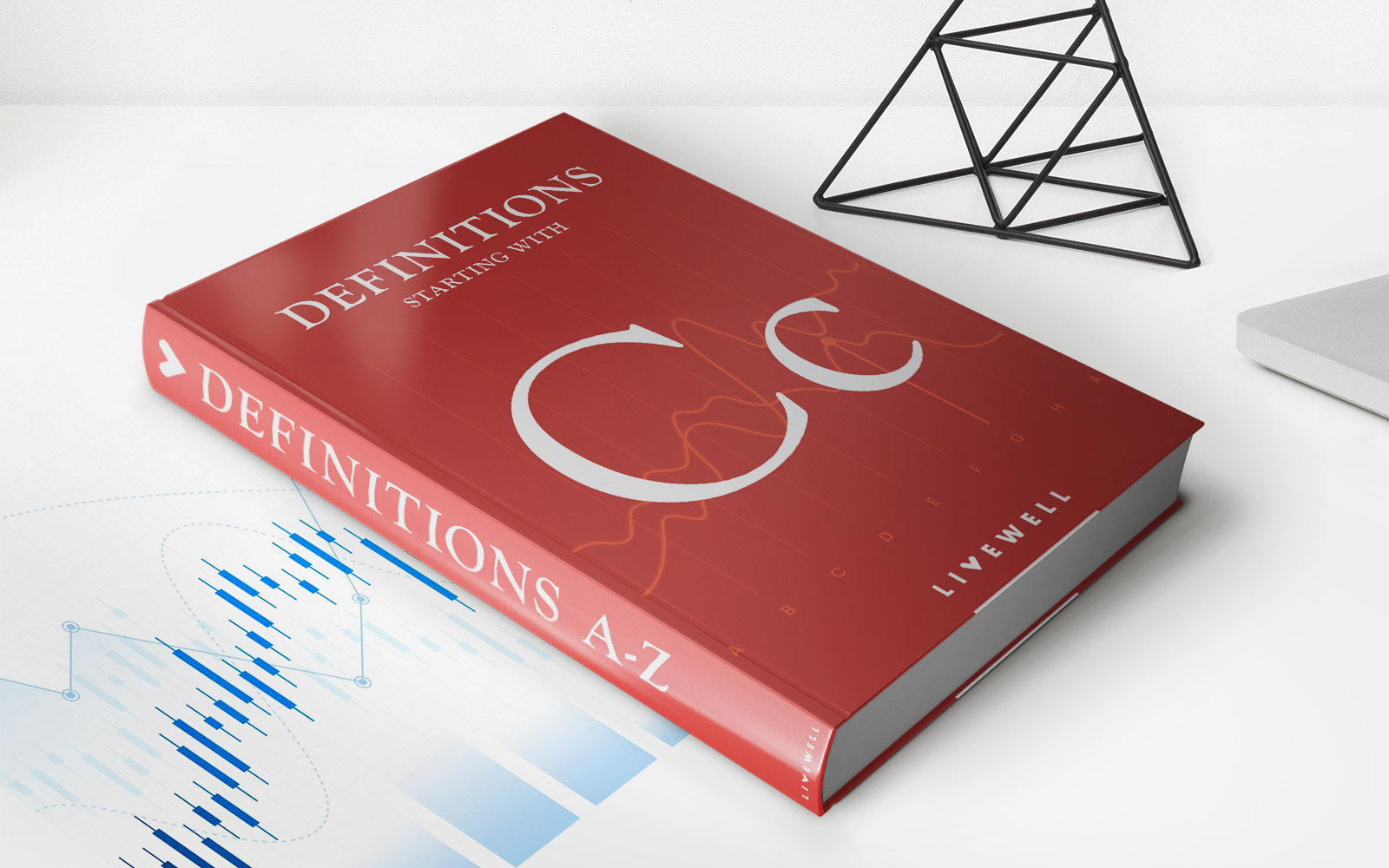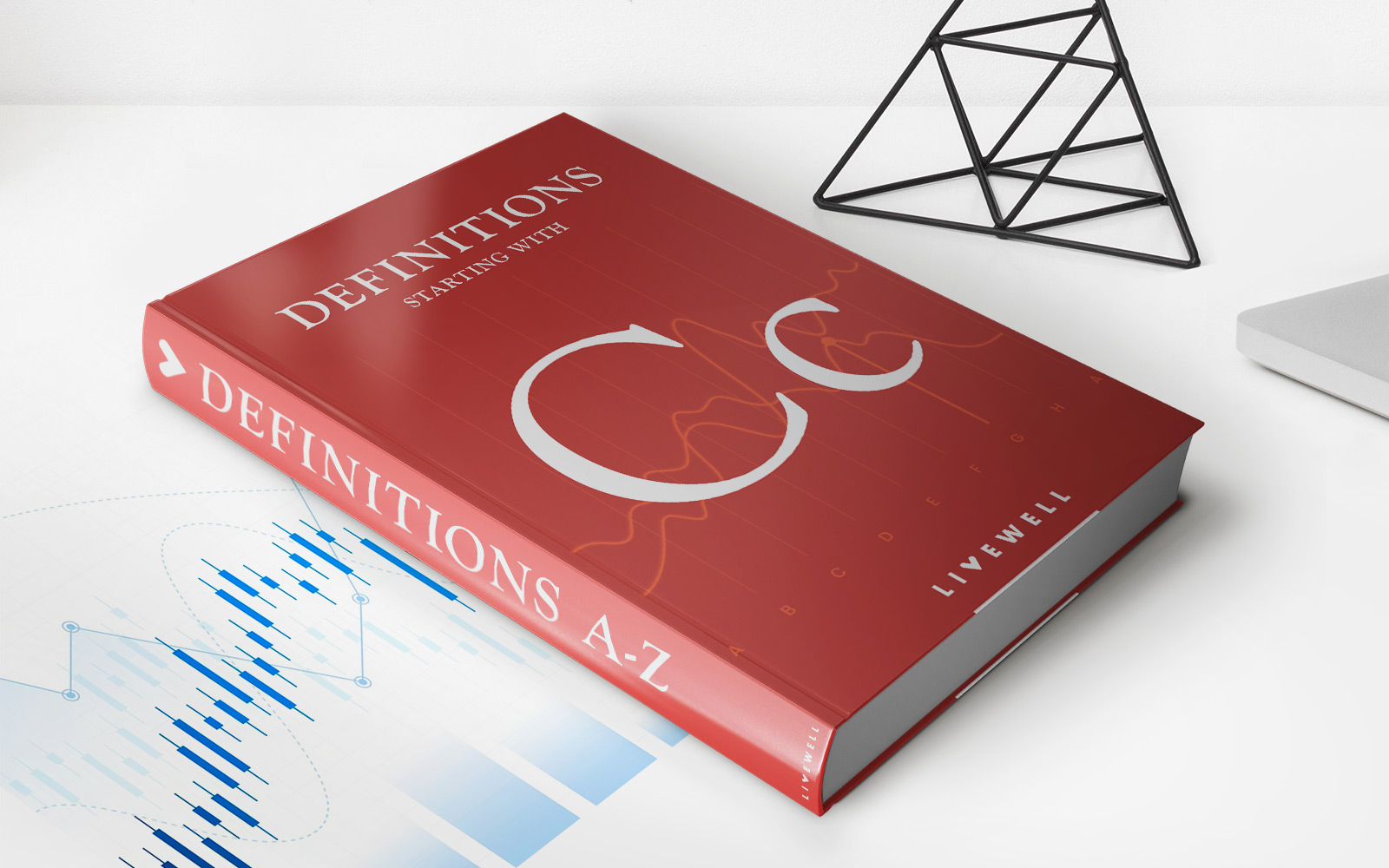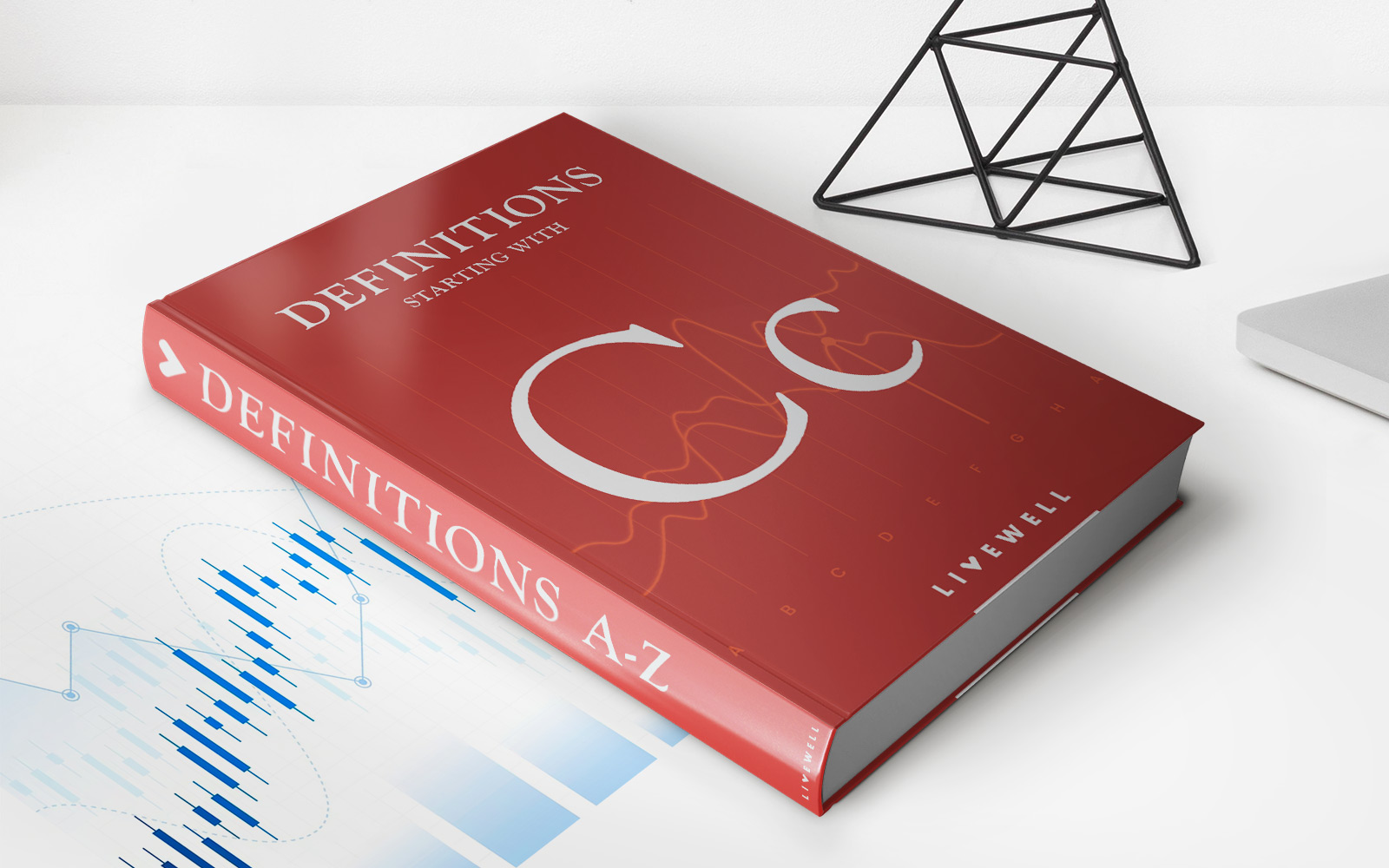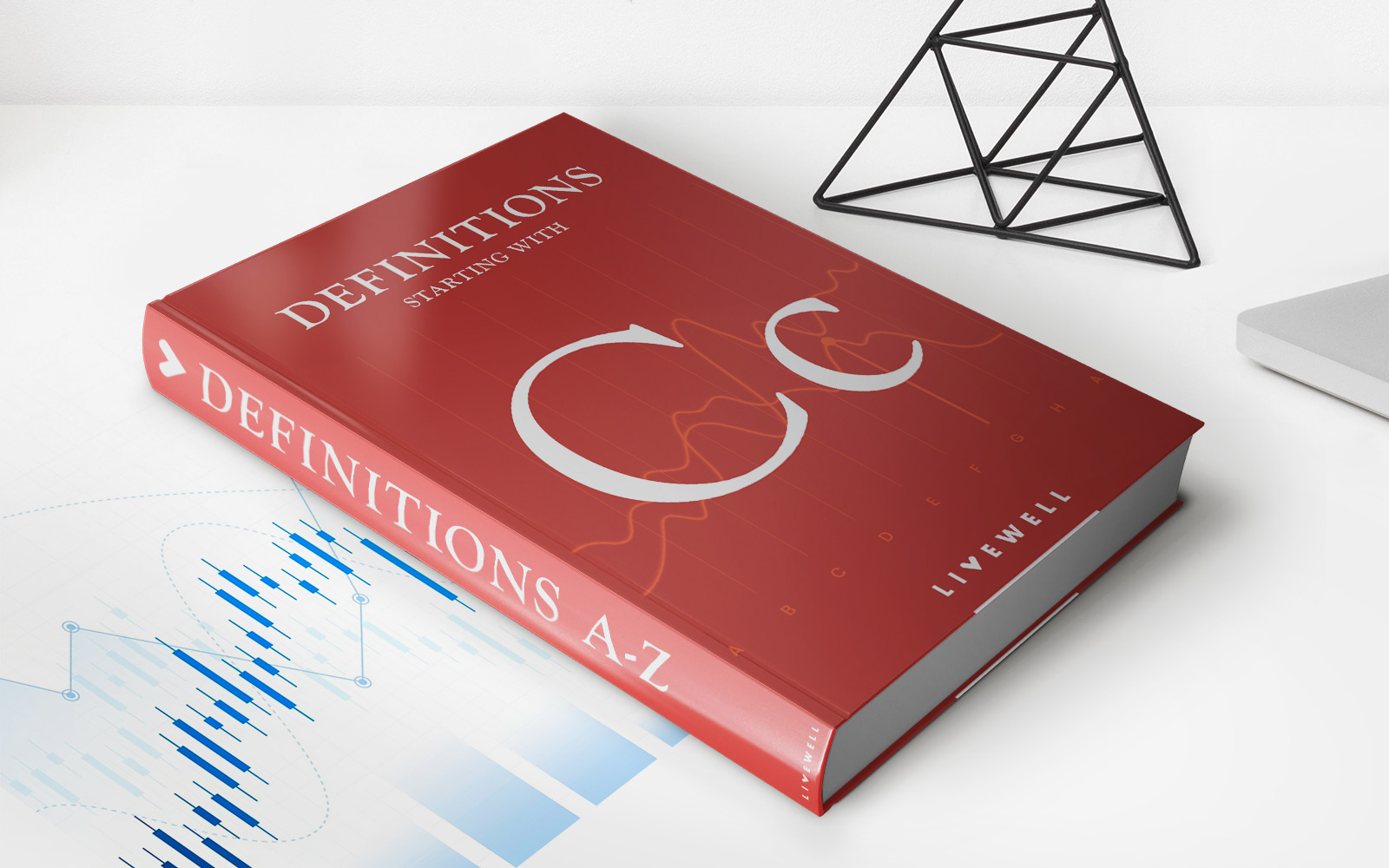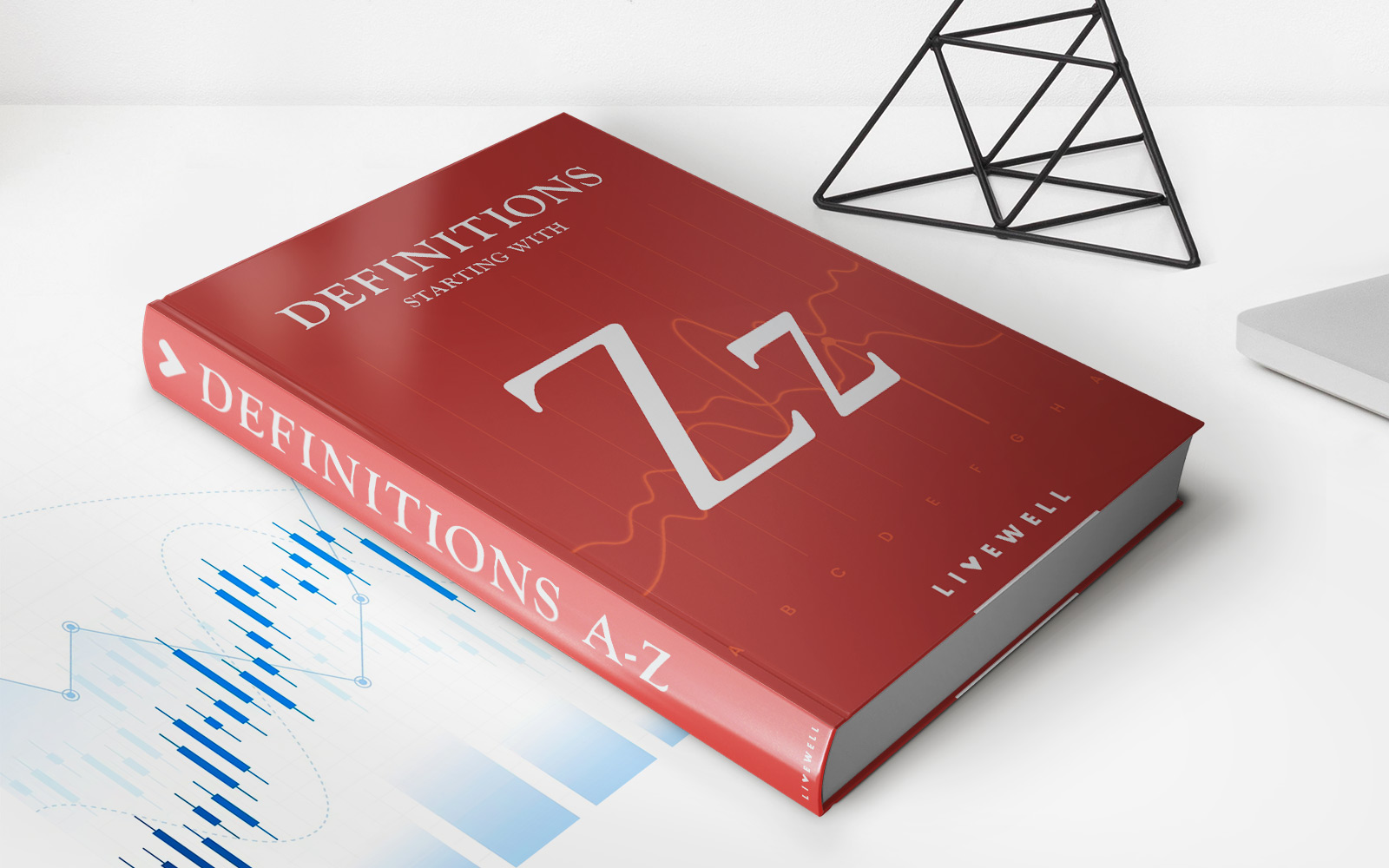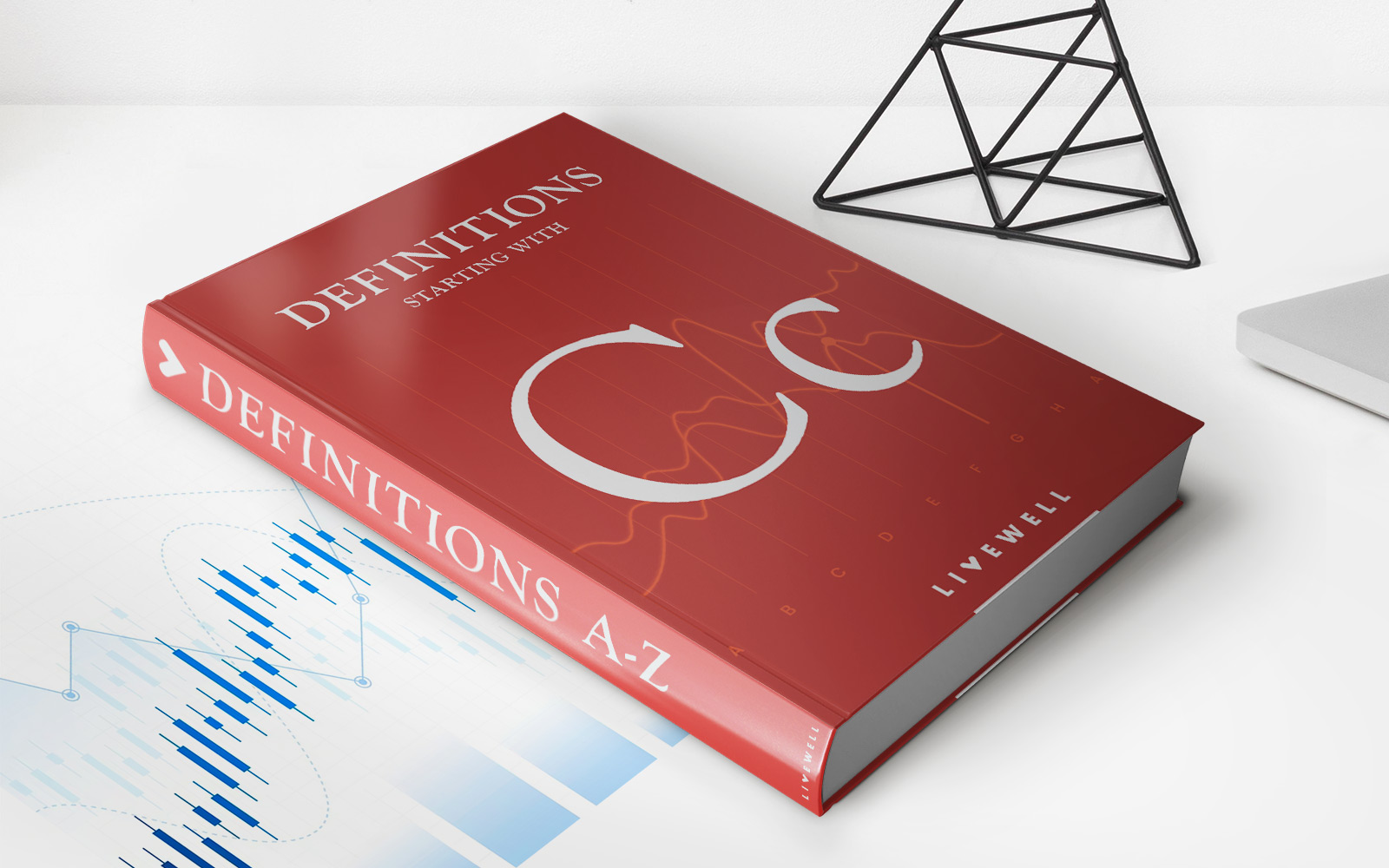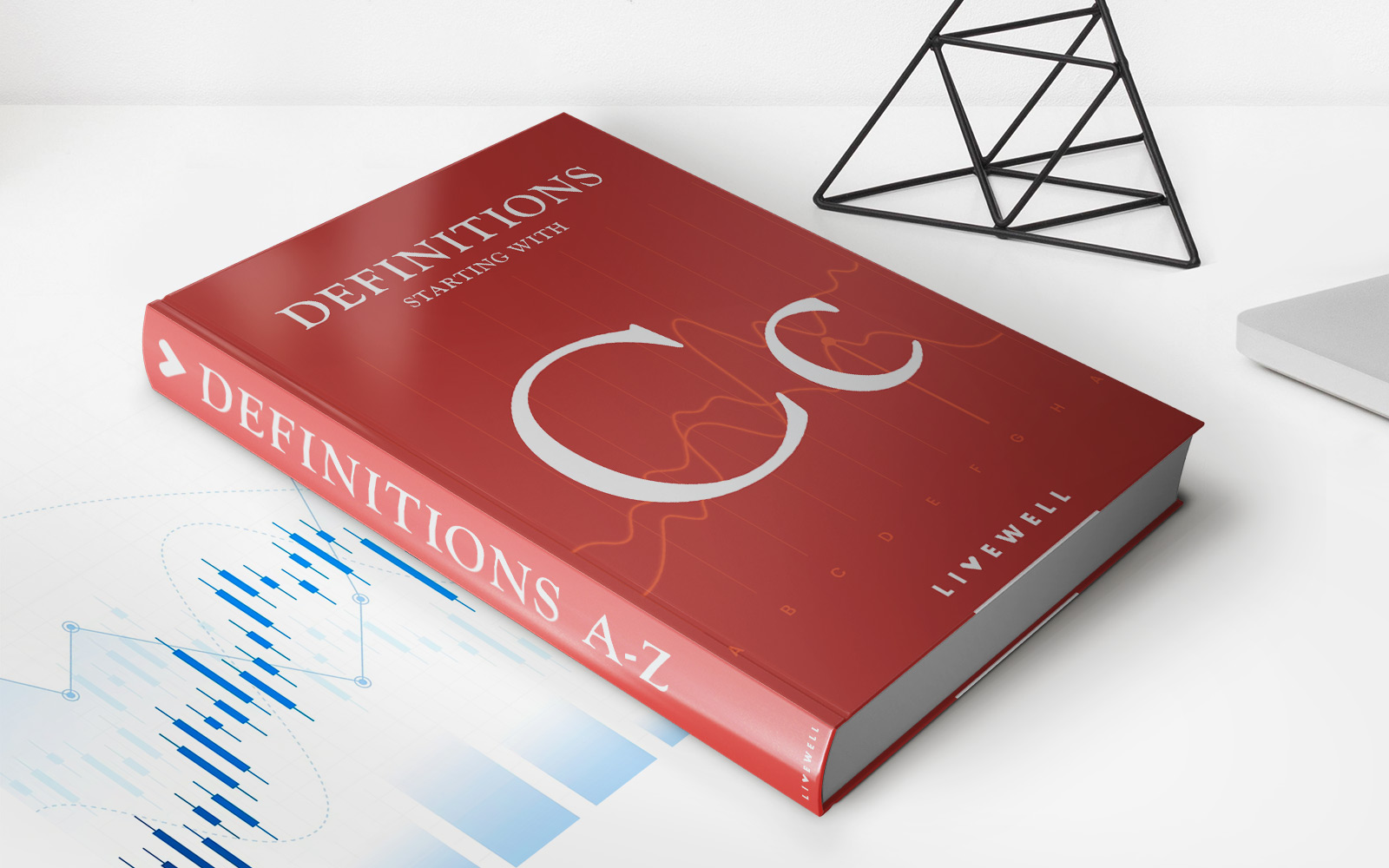Home>Finance>Difference In Conditions (DIC) Insurance: Definition And Examples

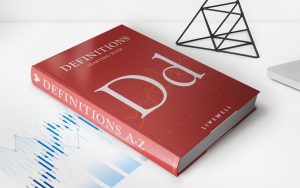
Finance
Difference In Conditions (DIC) Insurance: Definition And Examples
Published: November 11, 2023
Get a clear understanding of Difference In Conditions (DIC) Insurance in the world of finance with definition and examples. Find out how DIC insurance can protect your financial interests.
(Many of the links in this article redirect to a specific reviewed product. Your purchase of these products through affiliate links helps to generate commission for LiveWell, at no extra cost. Learn more)
Understanding Difference In Conditions (DIC) Insurance
When it comes to protecting your finances and assets, insurance is an essential tool. While most people are familiar with common types of insurance such as auto, home, or life insurance, there are other specialized policies that offer additional coverage in specific situations. One such policy is Difference In Conditions (DIC) insurance.
Key Takeaways:
- Difference In Conditions (DIC) insurance provides additional coverage beyond standard insurance policies in specific situations.
- DIC policies are commonly used to protect against losses not covered by standard insurance, such as earthquakes, floods, or acts of terrorism.
Difference In Conditions (DIC) insurance is a specialized type of coverage that supplements standard insurance policies by providing additional protection in specific circumstances. This type of insurance is commonly used to fill the gaps left by standard policies, which may exclude certain perils or have coverage limits.
So, what exactly does a DIC insurance policy cover? While the specifics can vary depending on the insurance provider and policy, DIC insurance typically covers losses caused by perils that are not covered by standard insurance policies. These perils can include natural disasters like earthquakes or floods, as well as man-made events such as acts of terrorism. DIC insurance essentially acts as a safety net, offering extra protection for those unexpected events that could have a significant financial impact.
Now, let’s take a look at a few examples to better understand how DIC insurance works in practice:
Example 1: Earthquake Coverage
Suppose you live in an area that is prone to earthquakes, and you have a standard home insurance policy in place. However, your policy does not cover earthquake damage. In this case, you can opt for a DIC insurance policy that specifically covers earthquake-related losses. This additional coverage would ensure that you are financially protected in the event of an earthquake, sparing you from potentially significant repair or rebuilding costs.
Example 2: Terrorism Coverage
Imagine that you are a business owner in a major metropolitan area. While your standard business insurance policy covers property damage, it may not provide coverage for acts of terrorism. To bridge this gap in coverage, you can secure a DIC insurance policy that includes terrorism coverage. This way, you can have peace of mind knowing that your business is protected against such acts, which could result in substantial financial losses.
As with any insurance policy, it’s important to carefully review the terms and conditions of a DIC insurance policy before making a decision. Different insurance providers may offer varying coverage limits and exclusions, so it’s crucial to understand exactly what risks are covered by the policy.
In Conclusion
Difference In Conditions (DIC) insurance is an additional layer of protection that goes beyond the coverage provided by standard insurance policies. Whether it is earthquake coverage, terrorism protection, or any other specific peril, DIC insurance offers a solution for those situations that may fall outside the scope of traditional insurance plans. By understanding DIC insurance and its potential benefits, individuals and businesses alike can make informed decisions to safeguard their financial well-being.

